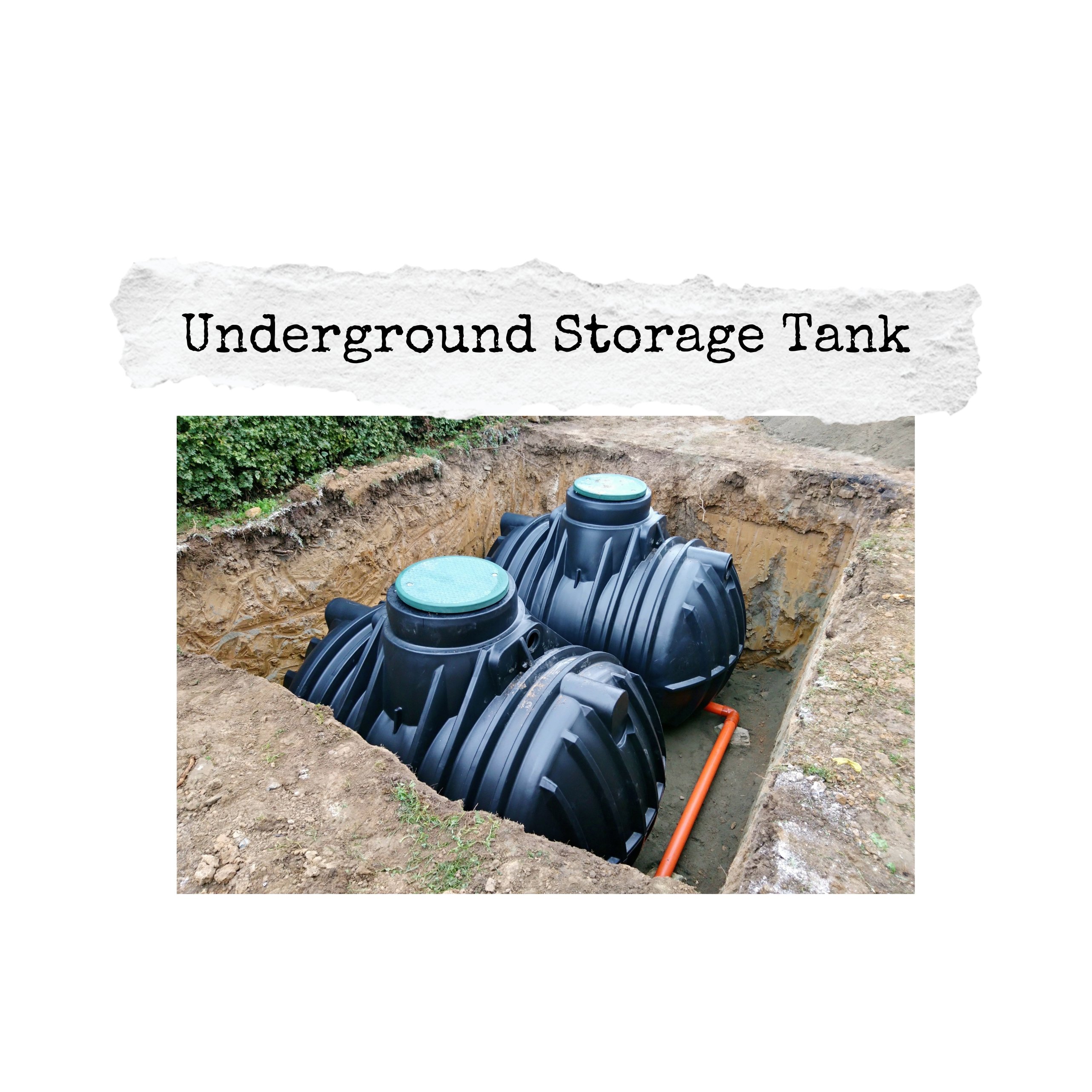An Underground Storage Tank (UST) is a tank and any connected underground piping that has at least 10% of its volume underground. USTs are commonly used for storing petroleum products, chemicals, and other hazardous substances.
The Connecticut Department of Energy and Environmental Protection (DEEP) regulates USTs to prevent environmental contamination and ensure public health and safety. Here are key aspects of the regulations:
- USTs used to store petroleum and hazardous substances.
- Excludes tanks holding heating oil for onsite consumption, residential tanks holding motor fuel for personal use, and tanks with a capacity of 110 gallons or less.
- Owners must register each UST with the DEEP.
- Obtain necessary permits for installation, operation, and removal.
- Systems must be designed and constructed according to strict engineering standards.
- New USTs must include spill, overfill, and corrosion protection mechanisms.
- Continuous leak detection systems are mandatory.
- Tanks must be regularly inspected and maintained.
Proper removal of USTs is crucial to prevent soil and groundwater contamination. Here are the steps involved:
- Site Assessment: Conduct a thorough site assessment to identify potential risks and contamination.
- Notify DEEP: Inform the DEEP at least 30 days before the planned removal.
- Obtain Permits: Secure any necessary permits before commencing removal.
- Empty the Tank: Safely remove all remaining liquids and vapors from the tank.
- Excavate: Carefully excavate the surrounding soil to access the tank.
- Decommission: Disconnect and remove associated pipes and equipment.
- Clean the Tank: Clean the tank interior to remove residual contaminants.
- Remove the Tank: Safely remove the tank from the ground and transport it to a certified disposal facility.
- Soil Testing: Conduct soil tests to check for contamination.
- Remediation: If contamination is detected, follow DEEP guidelines for site remediation.
- Documentation and Reporting: Submit a removal report to the DEEP, including details of the process, contamination findings, and remediation efforts.
Proper management of underground storage tanks in Connecticut is essential for environmental protection and public safety. Understanding the regulatory requirements and following the correct procedures ensures compliance and helps prevent contamination. Always consult with certified professionals and adhere to DEEP guidelines for UST installation, maintenance, and removal.
If you need further information or have specific questions about UST regulations and removal in Connecticut, please reach out to the Connecticut Department of Energy and Environmental Protection.

